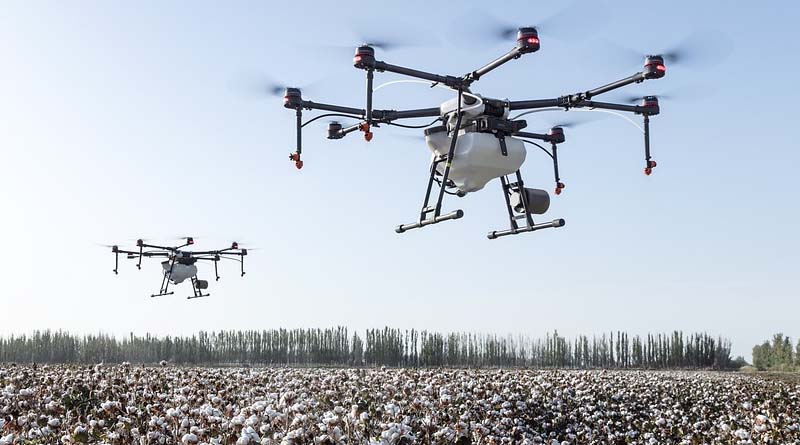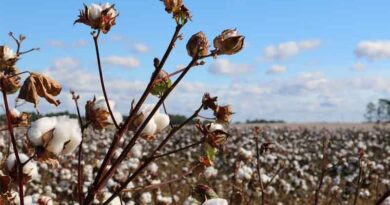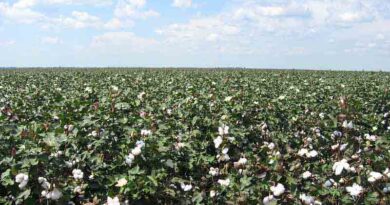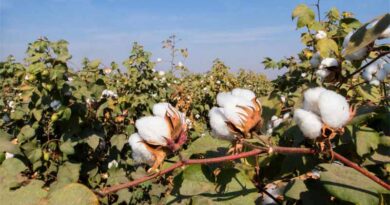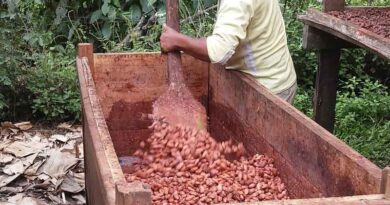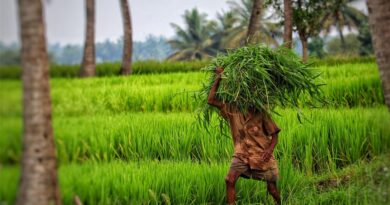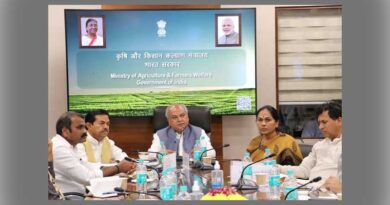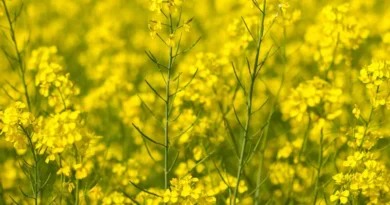Unlocking the Power of GM Cotton: Experts Urge Sustained Biotech Interventions in India
05 April 2024, Nagpur: The country is poised to make India a global hub for the textile industry. Several states including Maharashtra, Telangana and Tamil Nadu have undertaken a slew of initiatives to establish exclusive textile parks. In this context, Cotton experts and scientists on Thursday said that a concerted push for Genetically Modified (GM) cotton will be vital to ensure a robust textile value chain and achieving the aspirations of the States. GM Cotton with new traits will remain pivotal to this ambition.
At a brainstorming workshop on ‘Biotech Interventions in Cotton Improvement: Opportunities and Challenges’, organised by the ICAR- Central Institute for Cotton Research – Nagpur (CICR) on Thursday in association with Biotech Consortium India Limited (BCIL), with support from the Federation of Seed Industry of India (FSII) at ICAR-CICR campus in Nagpur, experts said the future of GM cotton in India will be determined by a complex interplay of technological, regulatory, socio-economic, and environmental factors. Cotton researchers and agricultural experts emphasized the necessity of continued innovation, responsible stewardship, and stakeholder collaboration for harnessing the full potential of modern biotechnologies-genetic engineering and gene editing.
Bt-cotton brought a revolution in the country’s cotton production and transformed a cotton-importing country into a leading cotton producer. However, the momentum broke with the decline in production in FY2015. Since then, affected by pest infestation, specifically, pink bollworm, cotton production in the country is registering a constant stagnation. Addressing challenges and ensuring responsible stewardship of the technology will be essential for sustaining its benefits and promoting the long-term viability of cotton farming in India. To counter these challenges, the need for biotechnological interventions in cotton improvement is the most pressing issue in India.
Dr Y. G. Prasad, Director, ICAR-Central Institute for Cotton Research, Nagpur said, “Adopted in India more than two decades ago, Bt-cotton varieties are genetically engineered to produce insecticidal proteins that are toxic to certain pests, such as bollworms and pink bollworms, significantly reducing the need for chemical insecticides and improving yield and quality.”
Dr. C D Mayee, Former Chairman, ASRB and Former Director, ICAR-CICR, Nagpur expressed that biotechnology has enabled the development of herbicide-tolerant cotton varieties that allow for more effective weed control, reducing the need for manual labour for weed management, and can improve overall crop yields.
Speaking on the current challenges and need for genetic interventions in cotton, Dr Paresh Verma, Head AAI, Executive Director-Bioseeds Division, DCM Shriram Limited, Hyderabad, said, “Collaborative efforts involving policymakers, researchers, farmers, and other stakeholders are needed to navigate regulatory complexities, promote technology access and equity, and ensure that biotech interventions contribute to sustainable and inclusive cotton farming systems.” He added, “The development and adoption of GM cotton varieties with broad-spectrum insect resistance represent a significant advancement in cotton production technology, offering farmers effective pest management solutions and contributing to more sustainable and profitable cotton farming systems.”
Field testing of GM cotton is a crucial step in the development and evaluation of new varieties before their commercial release and needs to be expedited. Experts also highlighted that the focus on cotton needs to be sharpened in the wake of employing over 45 million skilled workers, according to industry estimates, India’s textile industry is poised to achieve a milestone of US$250 billion in textile production by 2030.
Maharashtra, in particular, has set an ambitious target of reaching US$100 billion in textile production.
The escalating requirements of the textile industry highlight the need to revitalize the cotton sector, experts assert. The current production levels present a significant bottleneck in the growth trajectory of the textile industry. To address this, there is an urgent need to fortify the cotton value chain and bolster cotton production.
Also Read: Drumstick Cultivation, an Example From Gujarat, Turning a Poor Farmer Into a Millionaire
(For Latest Agriculture News & Updates, follow Krishak Jagat on Google News)

